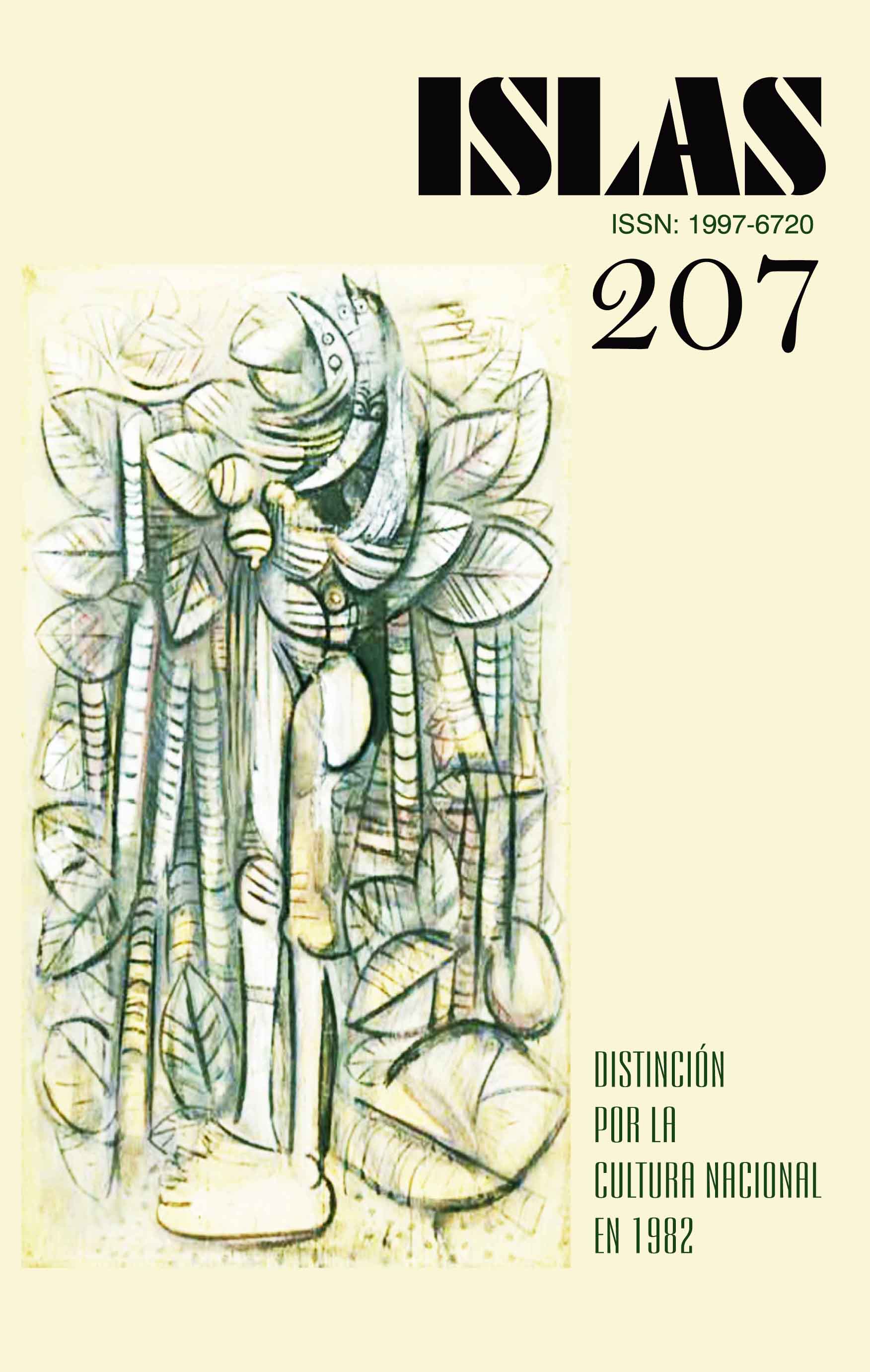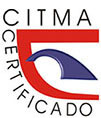De la experiencia estética al comentario estético de una obra musical
Palabras clave:
música, estética, experiencia estética, comentario estético musicalResumen
Introducción: Se aborda la disolución del objeto de estudio de la estética dentro de los más actuales comentarios estéticos en las artes; y se fundamenta el necesario rescate del componente emocional en la música por su relación estrecha con la noción de experiencia estética.
Métodos: El artículo responde a un proceso de experimentación académica basada en la experiencia crítica y ensayística de los autores, la observación, comparación y evaluación de fuentes referenciales, y la producción teórico-metodológica críticamente fundamentada.
Resultados: Se aporta una evaluación del estado actual del comentario estético en el ámbito de la música en su contexto artístico general, y un modelo que reencamina el ejercicio académico desde el objeto disciplinar de la estética, de utilidad en los procesos formativos musicales elementales y superiores.
Conclusiones: El comentario estético en las artes (y especialmente en la música, como la manifestación más subjetiva y emocional) ha sufrido alteraciones que dificultan la aprehensión del objeto de estudio disciplinar, lo que justifica nuevas propuestas y acciones en lo académico.
Descargas
Citas
ADORNO, T. (1970). La experiencia estética es procesual; carácter procesual de las obras. En Teoría estética (2004 ed., págs. 295-297). Ediciones Akal.
ALVARADO, A. (2021). Scribd. Recuperado el 27 de mayo de 2023, de https://es.scribd.com/document/515476105/Esquema-Del-Analisis-Estetico-Musical
COPLAND, A. (1939). Cómo escuchar la música (2da., 1994 ed.). Fondo de Cultura Económica.
DE SCHLOEZER, B. (1972). La música. En A. Sánchez Vázquez, Antología: Textos de estética y teoría del arte. Universidad Nacional Autónoma de México.
FUBINI, E. (1976). La estética musical desde la Antigüedad hasta el siglo XX. Alianza Editorial.
HOLGUIN TOVAR, P. J. (2008). Métodos de análisis estético. El problema de la objetividad y la subjetividad en la estética musical. En VII Reunión anual de Saccom (págs. 186-198). Rosario: Sociedad Argentina de Ciencias Cognitivas. Recuperado el 21 de mayo de 2023, de https://www.aacademica.org/pilar.jovanna.holguin.tovar/3
KAGAN, M. (1965). Lecciones de estética (1984 ed.). Editorial Arte y Literatura.
KOPRINAROV, L. (1982). Estética. Editora Política.
LAGUTIN, A. I. (1979). La clase de literatura musical en las escuelas musicales de nivel elemental. En N. L. FISCHMAN, Apuntes metodológicos sobre cuestiones de la enseñanza musical (1989 ed., págs. 130-154). Editorial Pueblo y Educación.
LARUE, J. (2007). Análisis del estilo musical. Pautas sobre la contribución a la música del sonido, la armonía, la melodía, el ritmo y el crecimiento formal. Idea Books, S. A.
MARTÍ, J. (1875). Una visita a la exposición de Bellas Artes (II). En Obras completas (1975 ed., Vol. VI). Editorial de Ciencias Sociales.
MOYA, M. (2018). Investigación y escritura en el ámbito de las artes. Notas para un libro de texto. Universidad de Cuenca.
NUEVO ESPÍN, M. (2022). Emociónate aprendiendo: ¿tenemos que emocionalizar la educación? Hacer Familia. Recuperado el 4 de abril de 2023, de https://www.hacerfamilia.com/educacion/emocionate-aprendiendo-tenemos-emocionalizar-educacion-20190412150359.html
OLIVERA, E. (2004). Experiencia estética: perceptos y afectos. En Estética: la cuestión del arte (págs. 33-36). Grupo Editorial Planeta.
SÁNCHEZ VÁZQUEZ, A. (1978). La experiencia estética. En Antología. Textos de estética y teoría del arte (págs. 15-38). Universidad Nacional Autónoma de México.
VASCONCELOS, J. (2013). Estética. Editorial Trillas.
Publicado
Cómo citar
Número
Sección
Licencia
Derechos de autor 2024 Misael Moya Méndez, Arleti María Molerio Rosa

Esta obra está bajo una licencia internacional Creative Commons Atribución-NoComercial 4.0.
Usted es libre de:
Compartir — copiar y redistribuir el material en cualquier medio o formato
Adaptar — remezclar, transformar y construir a partir del material
La licenciante no puede revocar estas libertades en tanto usted siga los términos de la licencia
Bajo los siguientes términos:
Usted es libre de:
Atribución — Usted debe dar crédito de manera adecuada, brindar un enlace a la licencia, e indicar si se han realizado cambios. Puede hacerlo en cualquier forma razonable, pero no de forma tal que sugiera que usted o su uso tienen el apoyo de la licenciante.
NoComercial — Usted no puede hacer uso del material con propósitos comerciales.
No hay restricciones adicionales — No puede aplicar términos legales ni medidas tecnológicas que restrinjan legalmente a otras a hacer cualquier uso permitido por la licencia.












